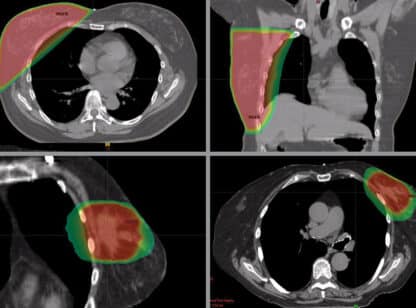Organic acids tests (OAT) can be a great help in determining the root cause of many pathologies, particularly those for which the source can be challenging to identify. OAT provides an accurate metabolic snapshot of what’s going on in one’s body in a way that can be far more helpful than standard blood serum labs.
Metabolism is the sum of a multitude of chemical reactions that occurs in living beings. Through these processes our bodies build new molecules and break down molecules to produce energy and to eliminate waste products. OAT provides an accurate metabolic snapshot including information about intestinal yeast and bacteria, neurotransmitters, nutritional markers of assimilation, glutathione status, oxalate metabolism, and more.
Organic acids are most commonly analyzed in urine because they are not extensively reabsorbed in the kidneys. As a result, they often present in urine at 100 times their blood serum concentration and are therefore more easily detected. A number of organic acids directly or indirectly indicate utilization of critical vitamins such as B12, folic acid, biotin, pantothenic acid, and more. Other markers can indicate insufficient cofactors required for various critical enzymes to function properly.
If one or some of these enzymes is dysfunctional, it has the potential to obstruct the enzymatic processes preceding and/or following it and thus manifesting in a wide array of clinical presentations including mood disorders, fatigue, digestive or weight issues, malabsorption, and toxicity.
In 2011, an analysis of data gathered from 2003-2006 by the National Health and Nutrition Examination Surveys (NHANES) found usual intakes of many nutrients to be below the estimated average requirement in a significant number of Americans. In light of that information, consider that the active form of pyridoxine (vitamin B6) is a cofactor in nearly 9% of the over 1,800 human enzymes requiring a cofactor spanning from amino acid, glucose, and lipid metabolism, the production of hemoglobin, and the production of neurotransmitters. The NHANES data demonstrated that 15% of adults over 19 years old had intakes of vitamin B6 below the estimated average requirement. Even with a “good” diet, many fall short of receiving the appropriate amount of critical nutrients.
One wouldn’t necessarily know that their symptoms, such as fatigue, insomnia, digestive dysfunction, etc., are the result of nutritional deficiency or even from a genetic mutation that prevents their enzymes to operate optimally.
I find this type of testing most helpful in patients with chronic symptoms, especially those who consume a standard American diet, or for those seeking to biohack or to optimize their physical performance.
Dr. Brian Myers is a naturopathic primary care doctor with a focus on pediatric and family health at Live Well Clinic in La Quinta. For more information, visit livewellclinic.org or call (760) 771.5970.
Sources: 1) https://www.ncbi.nlm.nih.gov/pubmed/23363999, 2) https://www.ncbi.nlm.nih.gov/pubmed/11916749, 3) https://www.greatplainslaboratory.com/clinical-references

















































Comments (0)